Clade Monocots Higher classification Onions | Clade Angiosperms Rank Species | |
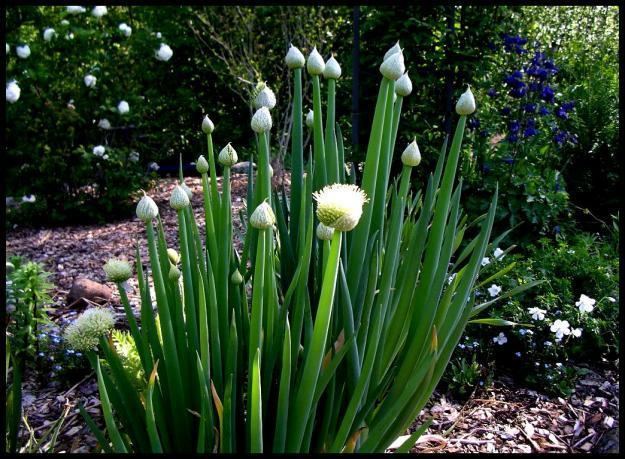 | ||
Similar Ginger, Garlic, Soy sauce, Onion, Table salt | ||
Allium fistulosum, commonly called bunching onion, green onion, Japanese bunching onion, scallion, spring onion, and Welsh onion, is a species of perennial onion. The common name Welsh onion is rather a misnomer, as the species is native to China, though cultivated in many places and naturalized in scattered locations in Eurasia and North America.
Contents
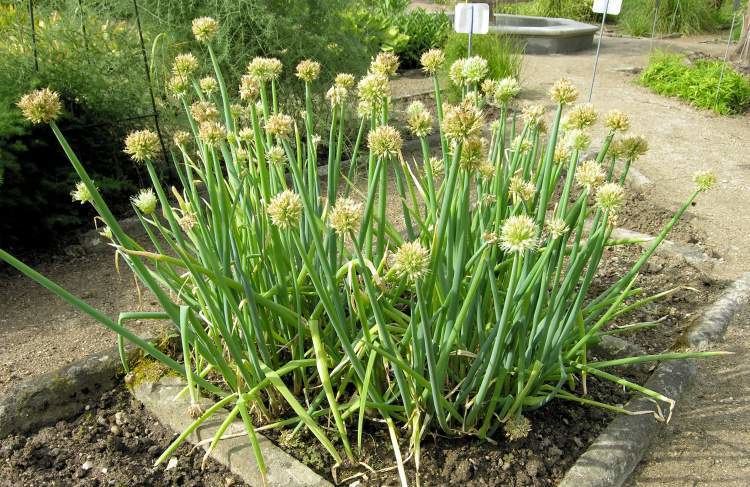
The species is very similar in taste and odor to the related common onion, Allium cepa, and hybrids between the two (tree onions) exist. The Welsh onion, however, does not develop bulbs, and possesses hollow leaves (fistulosum means "hollow") and scapes. Large varieties of the Welsh onion resemble the leek, such as the Japanese negi, whilst smaller varieties resemble chives. Many Welsh onions can multiply by forming perennial evergreen clumps. Next to culinary use, it is also grown in a bunch as an ornamental plant.

Historically, the Welsh onion was known as the cibol. In Cornwall, they are known as chibbles.
A. fistulosum is not indigenous to Wales or particularly common in Welsh cuisine (the green Allium common to Wales is the leek, A. ampeloprasum, the national vegetable of Wales).
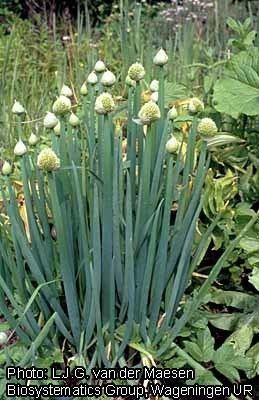
Allium fistulosum
Ambiguous names
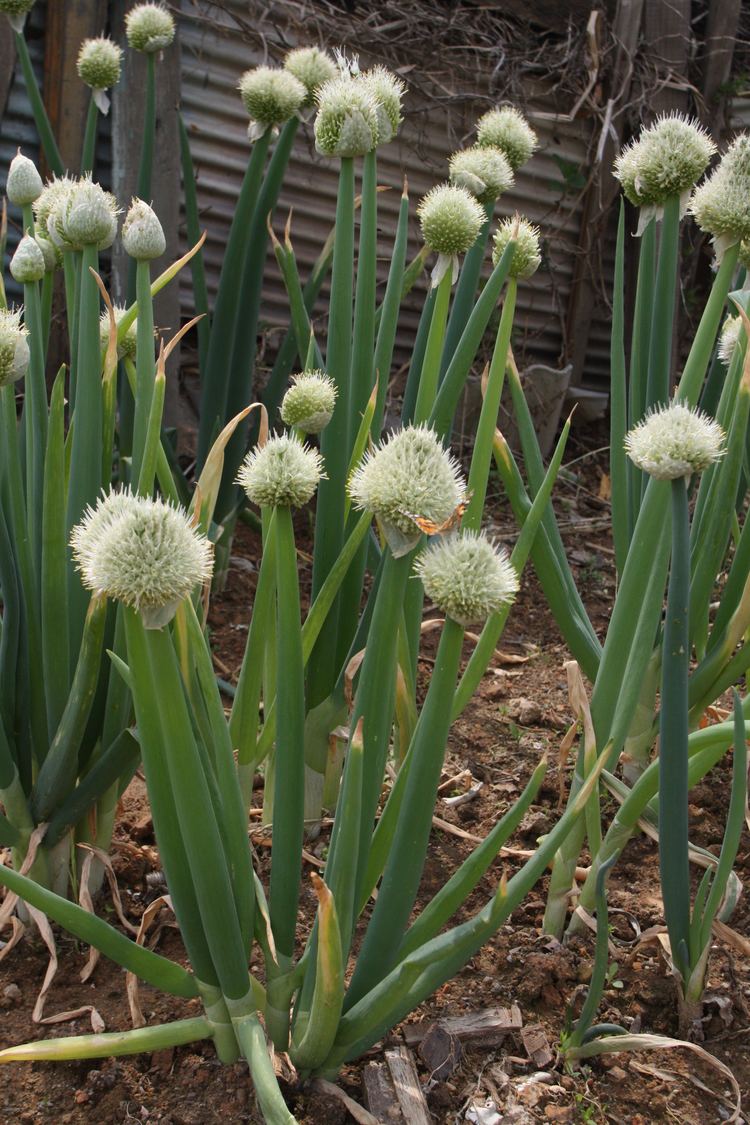
Other names that may be applied to this plant include green onion, salad onion, and spring onion. These names are ambiguous, as they may also be used to refer to any young green onion stalk, whether grown from Welsh onions, common onions, or other similar members of the genus Allium (also see scallion).
Culinary use
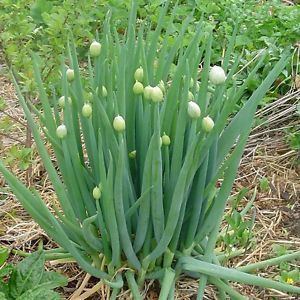
The Welsh onion is an ingredient in Asian cuisine, especially in East and Southeast Asia. It is particularly important in China, Japan, and Korea, hence the other English name for this plant, Japanese bunching onion.

In the West, the Welsh onion is primarily used as a scallion or salad onion, but is widely used in other parts of the world, particularly East Asia.
Jamaica
Known as escallion, the Welsh onion is an ingredient in Jamaican cuisine, in combination with thyme, scotch bonnet pepper, garlic, and allspice (called pimenta). Recipes with escallion sometimes suggest leek as a substitute in salads. Jamaican dried spice mixtures using escallion are available commercially.
The Jamaican name is probably a variant of scallion, the term used loosely for the spring onion and various other plants in the genus Allium.
Japan
The Japanese name is negi (ネギ). Common onions were introduced to East Asia in the 19th century, but A. fistulosum remains more popular and widespread. It is used in miso soup, negimaki (beef and scallion rolls), among others, and it is widely sliced up and used as a garnish, such as on teriyaki or takoyaki.
Korea
In Korea, Allium fistulosum along with Allium × wakegi is called pa(파, "scallion"), while common onions are called yangpa(양파, "Western scallion"). Larger Allium fistulosum, looking similar to leek, is called daepa(대파, "big scallion"), while thinner early variety is called silpa(실파, "thread scallion"). A similar scallion plant, Allium × wakegi is called jjokpa(쪽파). Both daepa and silpa are usually used as a spice, herb, or garnish in Korean cuisine. The white part of daepa is often used as the flavour base for various broths and infused oil, while the green part of silpa is preferred as garnish.
Dishes
Russia
Welsh onions are used in Russia in the spring for adding green leaves to salads.
